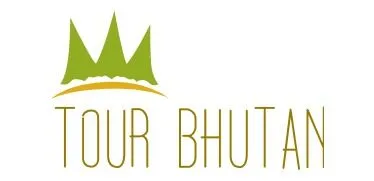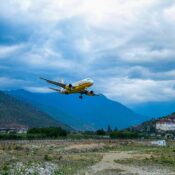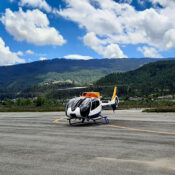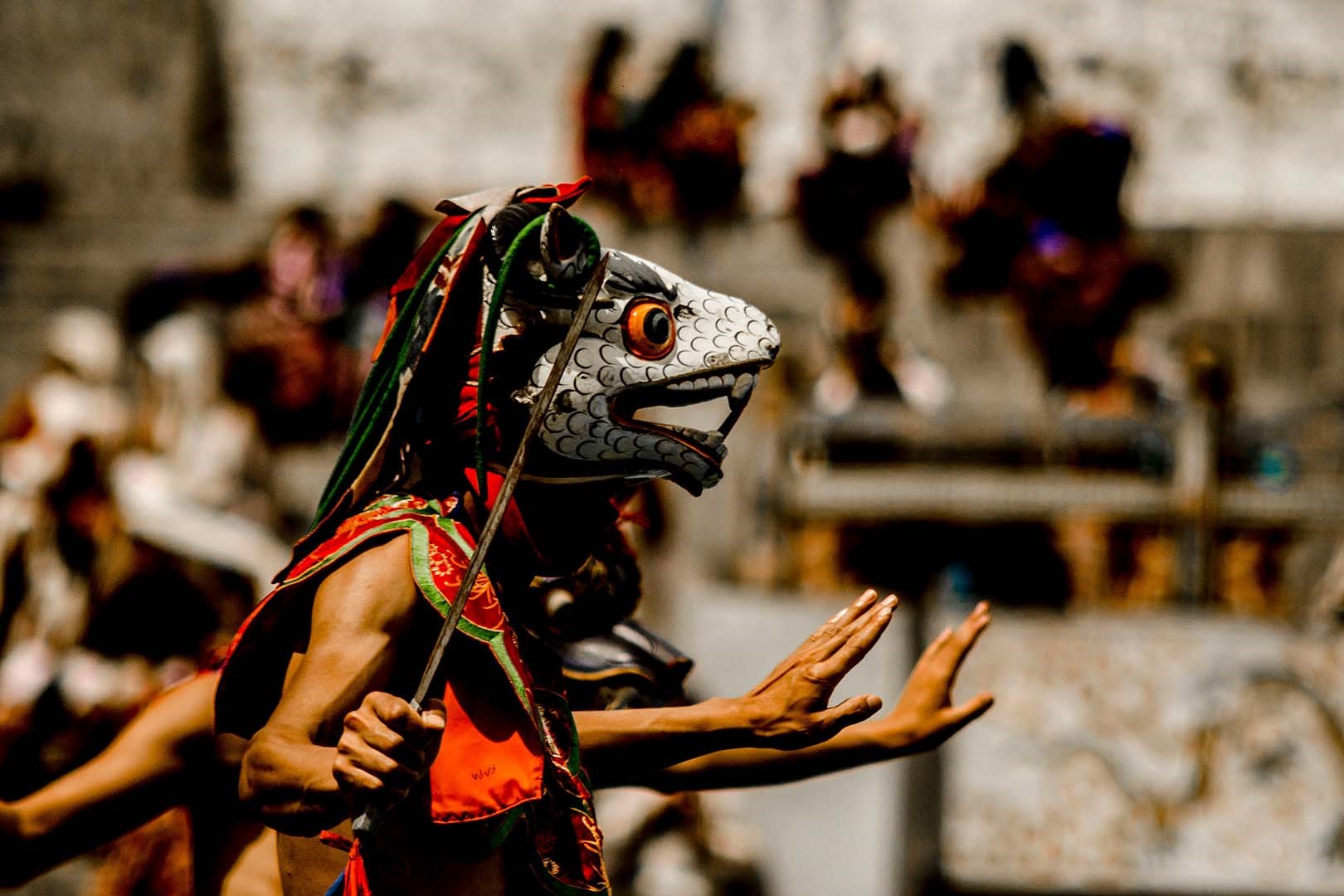Kichu Lhakhang in Paro

Kichu Lhakhang in Paro
Kyichu Lhakhang is one of Bhutan’s oldest and most beautiful temples. The main chapel has roots as far back as the 7th century, with additional buildings and a golden roof added in 1839 by the penlop (governor) of Paro and the 25th Je Khenpo. Elderly pilgrims constantly shuffle around the temple spinning its many prayer wheels, making this one of the most charming spots in the Paro valley. Entry is free to foreign tourists since they are paying their daily tariff
Temple History
The Jowo Temple of Kyichu is one of the oldest temples in Bhutan, originally built in the 7th century by the Tibetan Emperor Songtsen Gampo. It is considered to be one of the 108 border-taming temples he built. In the 8th century, the temple was visited by Padmasambhava and it is believed he concealed many spiritual treasures there. Je Khenpo Sherab Gyaltshen wrote that during the 12th century, the temple was looked after by the Lhapa Kagyu tradition and that during the 13th century, it was handed over to a descendant of Phajo Drugom Zhigpo’s son Nyima.
In his, The Nyingma School of Tibetan Buddhism: Its Fundamentals and History, Jigdral Yeshe Dorje (2nd Dudjom Rinpoche) records that the Jowo Temple of Kyichu could not be seen and that Pema Lingpa (1450-1521) uncovered the temple and restored it as it was before. In 1644 the temple was taken over by Ngawang Namgyal. From 1836 to 1838 the temple was restored and re-consecrated by the 25th Je Khenpo Sherab Gyaltshen. In 1971, Kesang Choden Wangchuck, the queen of Jigme Dorji Wangchuck built a Guru Temple next to the old Jowo Temple which was consecrated by Dilgo Khyentse. Ever since then the annual rites of great accomplishment for the deities Vajrasattva, Palchen Heruka, and Vajrakilaya have been held in this temple for the well-being of the country under the patronage of Kesang Choden Wangchuck. There is a belief that the two orange trees in the courtyard of Kyichu Lhakhang bear fruit throughout the year. It was built to Subdue Demoness (Sin Mo).
What to see in the Temple?
There is a belief that the two orange trees in the courtyard of Kyichu Lhakhang bear fruit throughout the year.
Entrance Fees
- Nu.1000 for tourist
- No fees for locals
Timing at the Temple
There is no time to visit the temple but on the auspicious day, it is closed for tourist visits. Our Guide will inform you in advance.
Places to visit Nearby
- Tiger Nest Temple
- Drugyel Dzong
- Paro Rinpung Dzong
- National Museam




